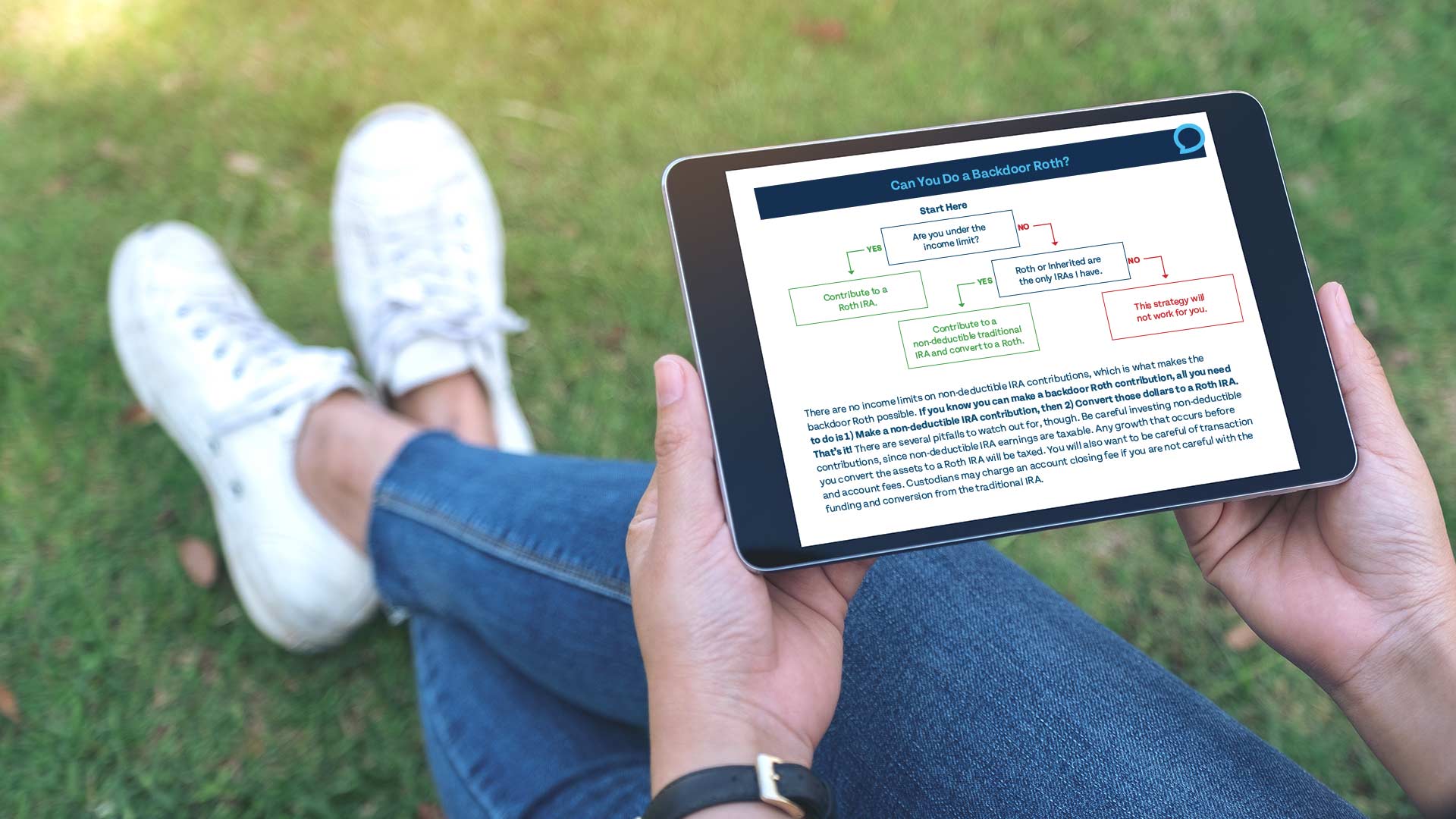
Change your life by
managing your money better.
Subscribe to our free weekly newsletter by entering your email address below.

Subscribe to our free weekly newsletter by entering your email address below.
So much is made about this tool of asset management, but how much does the average investor actually know?
As a brief overview, rebalancing is getting your investment allocation to the appropriate target. For example, if your portfolio is comprised of 60% in risk assets (i.e. stocks) and 40% in conservative assets (i.e. bonds) and one piece of that moves differently and throws the balance off, rebalancing helps to get you back to your original allocation.
In the simplest form, rebalancing buys the assets that have gone below the allocation threshold you would like to be at and sells the assets that have gone over. And you rebalance so that you can maintain the appropriate level of risk in your portfolio and to help stay on track to reach long-term financial goals.
But what does the research say about rebalancing? And what is the common sense approach when it comes to this tool? Tune in to this week’s episode to hear us dive into the nuts and bolts of rebalancing and how you can use it in your financial life.
Subscribe on these platforms or wherever you listen to podcasts! Turn on notifications to keep up with our new content, including:


Financial Order of Operations®: Maximize Your Army of Dollar Bills!
Here are the 9 steps you’ve been waiting for Building wealth is simple when you know what to do and…
View Resource
How Much Should You Save?
How much of your income can you replace in retirement? You can replace different portions of your income in retirement…
View Resource
I Have a Lot of Money, but I Don’t Feel Wealthy!
Read MoreHow To Save for Retirement When You Have a Pension
Read MoreHow Will the Next President Affect the Stock Market?
Read More

How about more sense and more money?
Check for blindspots and shift into the financial fast-lane. Join a community of like minded Financial Mutants as we accelerate our wealth building process and have fun while doing it.




It's like finding some change in the couch cushions.
Watch or listen every week to learn and apply financial strategies to grow your wealth and live your best life.
Subscribe to our free weekly newsletter by entering your email address below.